Sea Turtles and Climate Change
Looking into the effects for hatchlings.
Sea turtles rely on both marine and terrestrial habitats during their life cycles. Because of this, climate change can have a significant impact on the sea turtle population. Increase in global temperature has been projected to lead to a rise in the sea level which might lead to loss of sea turtles nesting beaches.
An increase in the nesting beaches temperature will have an impact on sea turtle populations too. Sea turtles rely on the temperature of the sand to determine the gender of the hatchlings in a nest. Warmer temperatures in the nest will produce more females while cooler temperatures will produce more male hatchlings. In a turtle nest, the eggs located in the lower part of the nest will produce male hatchlings while the eggs in the upper, warmer part of the nest will produce female hatchlings. With increase in sand temperatures, brought about by climate change, there will be more female hatchlings than males. This will negatively impact the sea turtles ability to reproduce and would also pose a threat to genetic diversity leading to a decrease in sea turtle population.
At Local Ocean Trust, we have started conducting research to monitor how global climate change would impact sea turtles in Watamu area. Deployment of temperature data loggers in turtle nests has enabled us to monitor the incubation temperatures within the sea turtle nests. The nest incubation temperature information is crucial in estimating the sex ratios of the sea turtle hatchlings in the nests. This will help us to understand how the sea turtle population structure, in Watamu, would change as a result of climate change.
Measurement of beach profiles along our nesting beach will enable us to monitor how the beach ecosystem is changing over time in response to climate change. Through monitoring of the erosion and accretion events on the beach, we will be able to understand and project if climate change would lead to loss of nesting beach sections in Watamu. This would help us to come up with mitigation measures in nesting areas under significant threat of erosion.

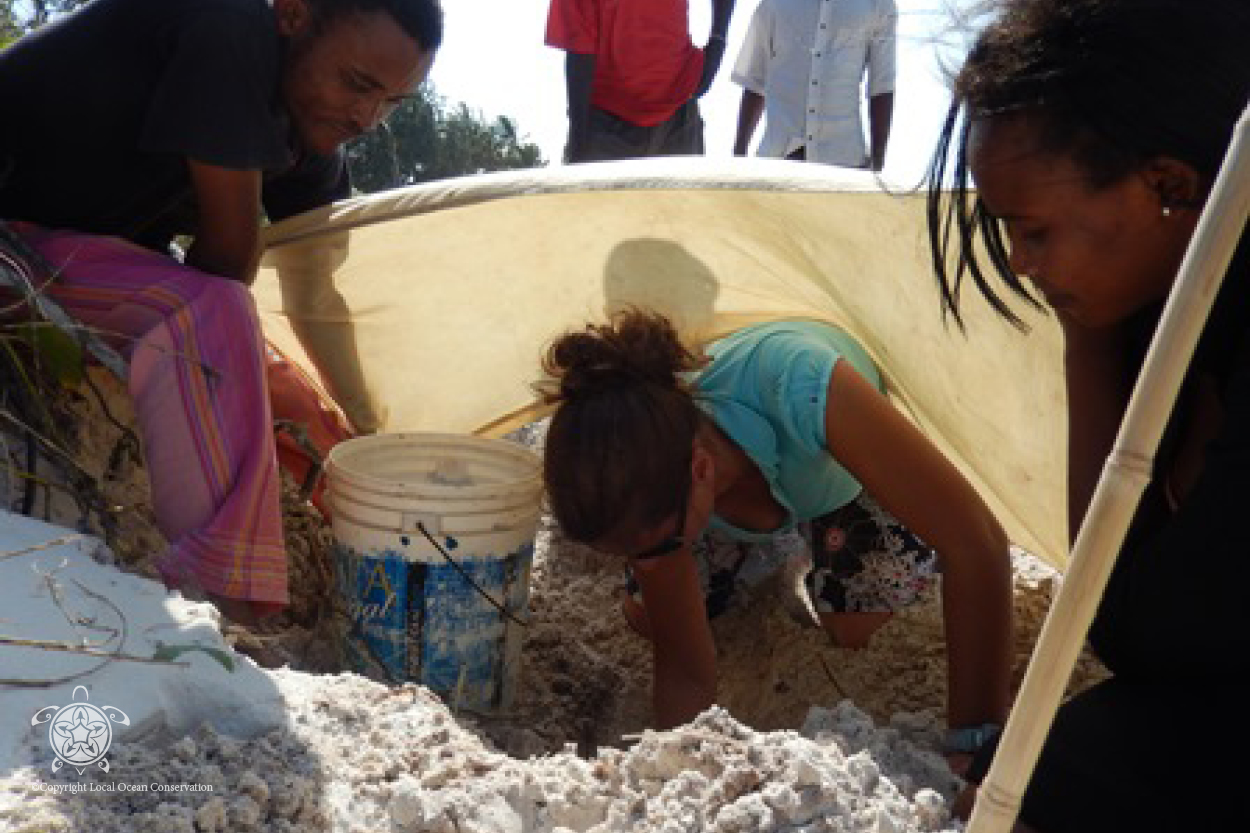
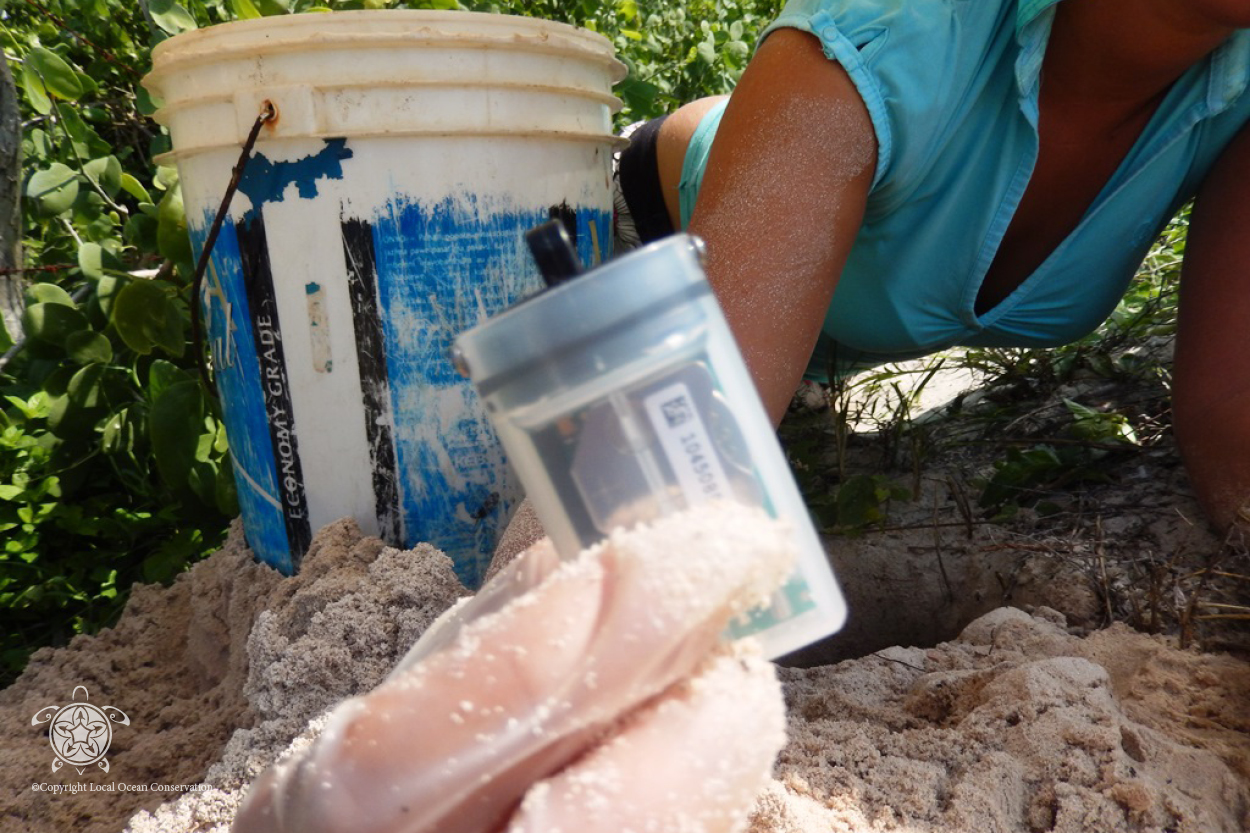
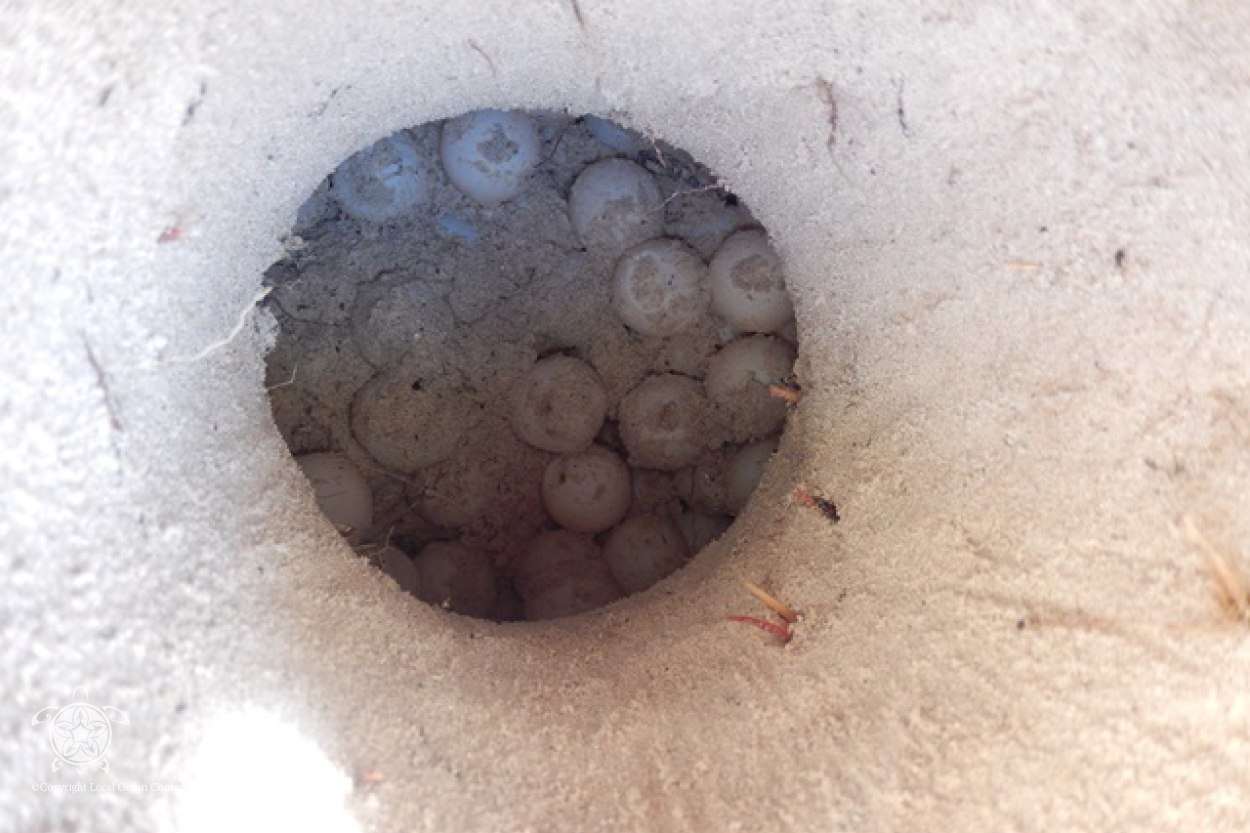
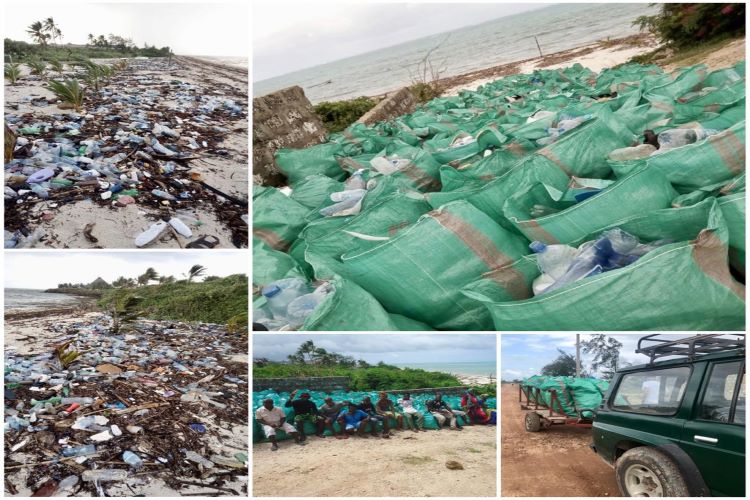


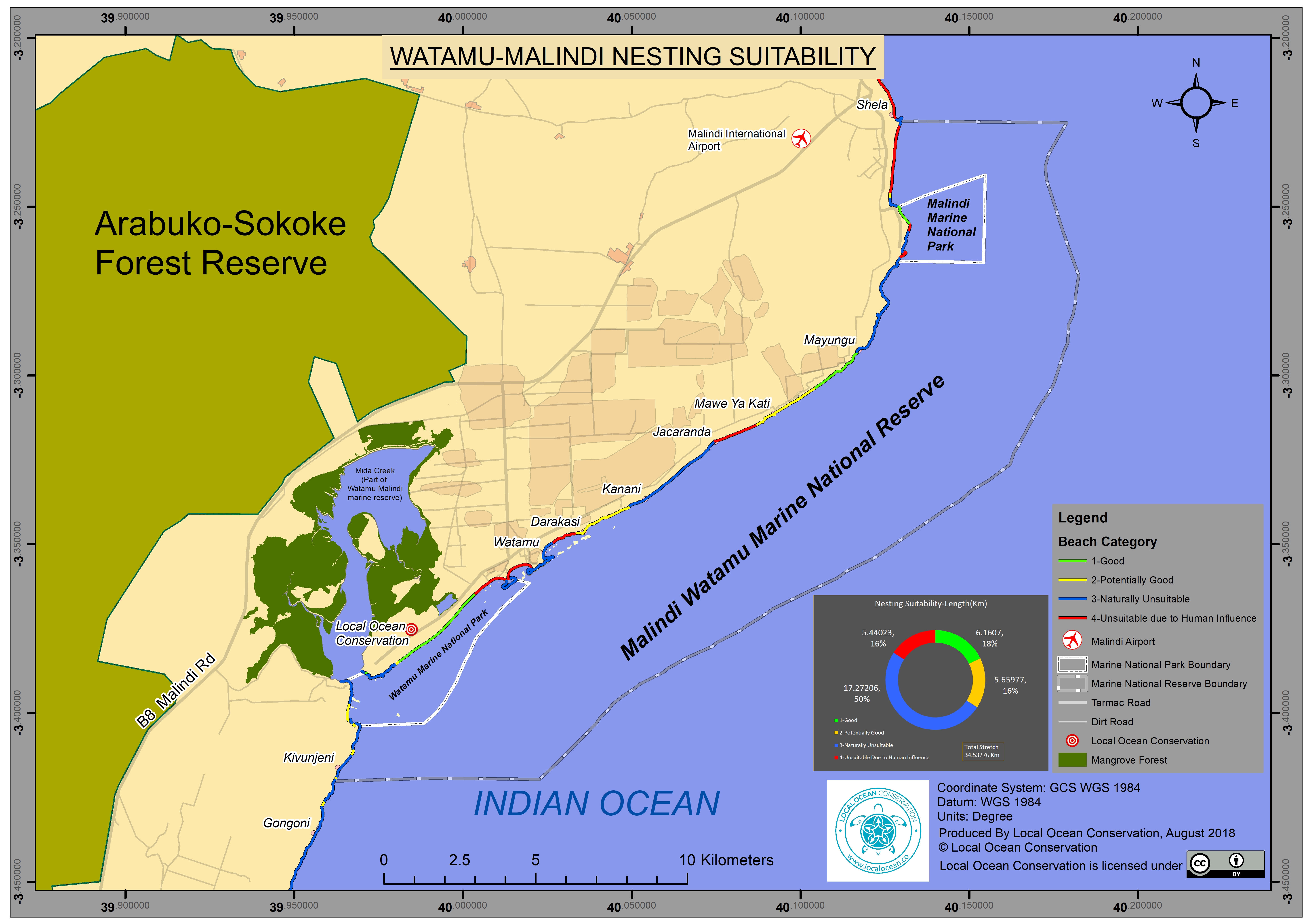
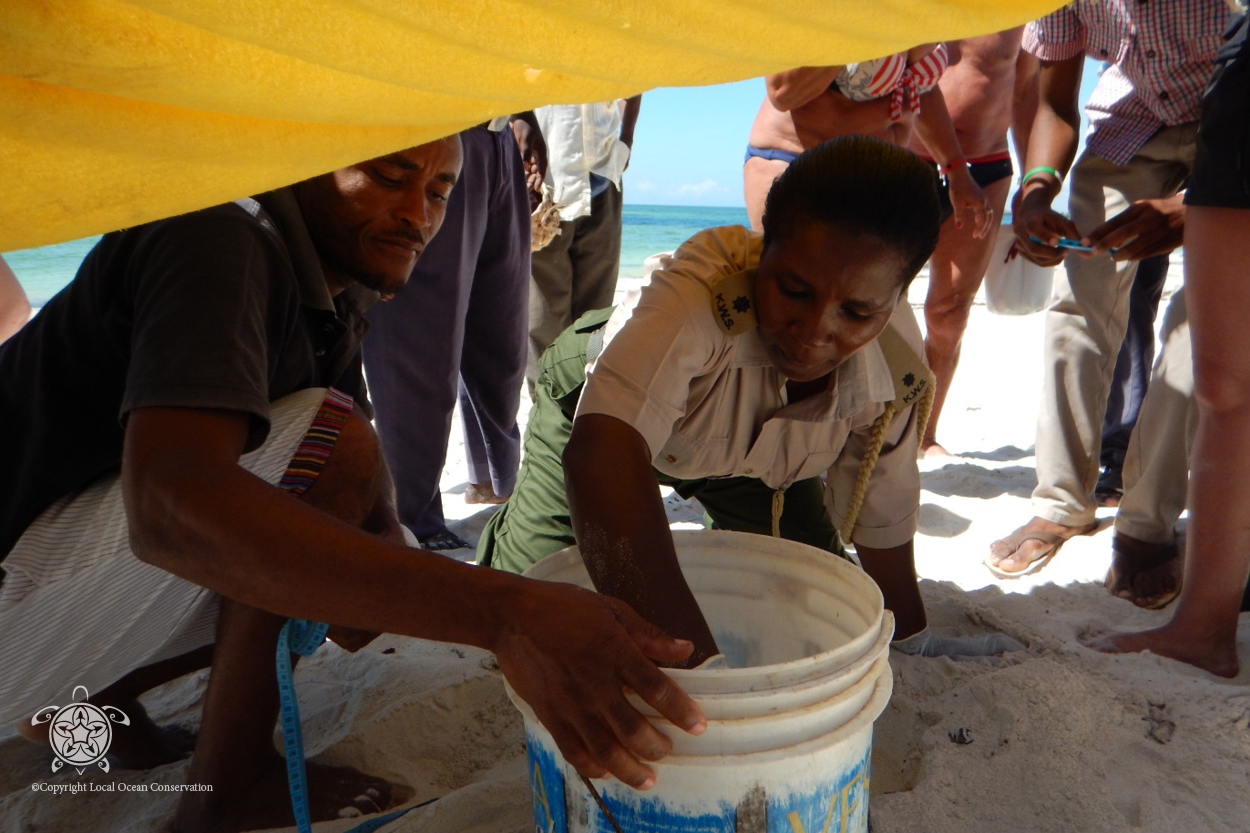
Leave A Comment